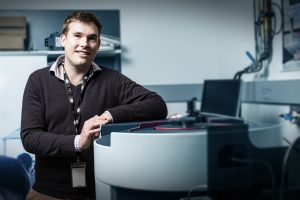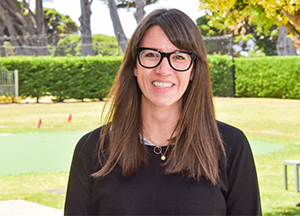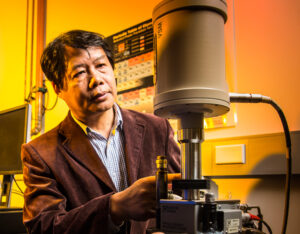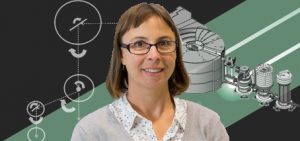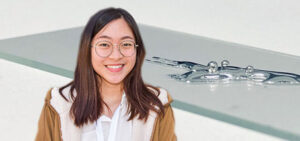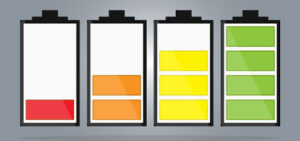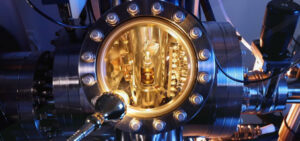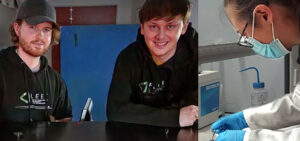FLEET funding is supporting the next step in possible translation of thermoelectrics research towards commercialisation in future generators, electronics, vehicles, human-wearable and environmental sensors, and smart electronics
Thermoelectric materials offer potential solutions to heat-management challenges common to many electronics technologies.
Thermoelectrics are solid-state semiconductors that can convert heat gradients into useful electricity (known as the Seebeck effect). They can also be operated in reverse to generate on-demand cooling from an electric voltage (the Peltier effect).
Thermoelectrics offer a great opportunity for future smart devices.
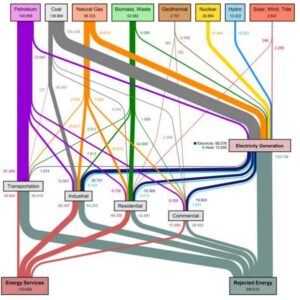
A diagram connecting energy being productively consumed (‘energy services’) and energy wastage (‘rejected energy’) highlights the large amount of energy wasted as heat. Renew Sust Energ Rev.
“An appealing goal would be to recycle the vast amount of heat wasted in numerous processes in society,” (see figure) says David Cortie (UOW) who is co-leading the project. “But traditional thermoelectrics have a low efficiency relative to other energy-generation, and to this end they are still mostly used in niche applications, principally in active-cooling systems.”
“Interestingly, many of the materials studies within FLEET Theme 1AB (Bi2Te3, SnTe, Sb2Te3) are good thermoelectrics and promising topological insulators.”
To-date, relationships between these materials’ functionalities has not been extensively explored. The technical challenges of scale-up and fabrication of such materials for thermoelectric-scale applications has also posed a technical barrier.
FLEET investigators David Cortie (University Wollongong/ANSTO), Julie Karel (Monash) and Xiaolin Wang (also at Wollongong) have received FLEET translation funding to develop a higher performing thermoelectric material, by deploying combining new theoretical concepts developed as part of a FLEET (in addition to Discovery Project funding from the ARC).
The goal is to leverage topological and thermal transport physics through a custom nanostructure to develop a material that is simultaneously a good electronic conductor, whilst being a poor thermal conductor, as these are the requirement for a good thermoelectric.
The team is developing a new chemical synthesis method to make bulk quantities of this material at low cost.
FLEET Translation funding will allow the team to source the starting materials and reagent for thermoelectric generators and fund a research associate specialised in chemical synthesis to help develop the new method.
End uses of such technology include portable generators, heat recovery from electronics, waste heat from vehicles, self-powered human-wearable sensors, environmental sensors, and an active component in the next generation of smart electronics.
The possible market is between $450 – 650 million per year and is expected to grow substantially to 2030 with the rise of the carbon-free economy, with growing applications in electronics, electric vehicles.
FLEET’s Translation Program identifies Centre members with the desire and capability to translate their research, and shepherds those projects towards commercialisation via funded HDR translation stipend, Translation Fellowships, and project facilitation funding.
References:
- Thermoelectric generator market by material, application and end-use industry (Allied Market Research)
- Thermoelectric generators’ market and industry analysis report (Polaris Market Research)
- Thermoelectric modules’ market by model, type, functionality, end-use, offering and region (Markets and Markets)


